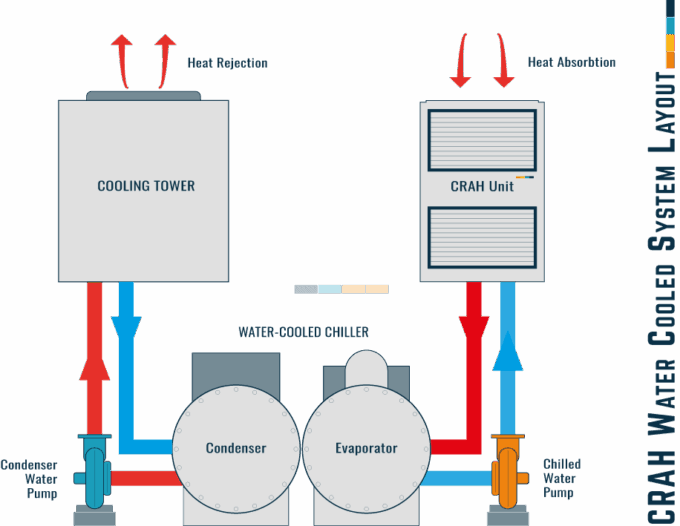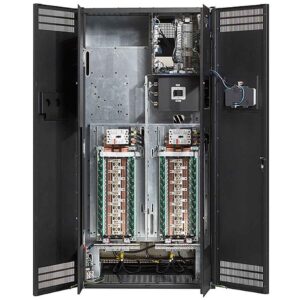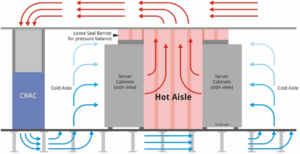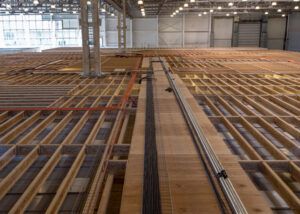Understanding CRAH Systems in Data Centers
Data centers require precise cooling systems to keep servers operating within safe temperature ranges. While CRAC units are common, many large data centers now use CRAH systems for improved efficiency and scalability.
What Is a CRAH System?
A CRAH (Computer Room Air Handler) system uses chilled water and fans to cool data center air. Unlike CRAC units that rely on refrigerant, CRAH systems connect to a central chilled-water plant. The system transfers heat from the data center air to chilled water, then to an external cooling tower or chiller.

How CRAH Systems Work
-
Warm air intake – Fans draw hot air from the server room, usually through a return-air plenum or hot aisle.
-
Cooling process – The air passes over a coil filled with chilled water. Heat transfers from the air to the water.
-
Air distribution – The cooled air returns to the room via a raised floor or ductwork, supplying the cold aisle.
-
Water loop cycle – The warmed water exits the CRAH coil and returns to the chiller, where it is cooled again.
This closed-loop process maintains consistent temperature and humidity levels across large data halls.
Key Components of a CRAH System
-
Cooling coils – Contain chilled water that absorbs heat from the air.
-
Fans or blowers – Circulate air through the cooling coils and across server racks.
-
Control valves – Regulate chilled water flow to maintain target air temperature.
-
Sensors and controls – Continuously monitor air temperature, humidity, and pressure.
-
Building management system (BMS) – Integrates CRAH performance data for real-time monitoring and optimization.
Advantages of CRAH Systems
CRAH systems offer greater energy efficiency than CRAC systems in large facilities. Because they use chilled water instead of refrigerant compressors, they consume less power and generate less heat.
They also scale easily—multiple CRAH units can connect to a central chiller plant, supporting large data halls.
Additionally, they allow economizer cycles, using outside air or water-side cooling when ambient conditions are favorable.
Design Considerations for CRAH Systems
Designers must ensure adequate chilled-water capacity and redundancy in the plant. Water quality and flow must be carefully maintained to prevent fouling or corrosion.
Airflow management is equally important. CRAH units should align with hot-aisle/cold-aisle containment to minimize mixing and improve cooling efficiency.
Because chilled-water piping runs through the data hall, leak detection systems and isolation valves are essential for protection.
Why CRAH Systems Are Preferred for Tier III and IV Data Centers
Higher-tier data centers prioritize redundancy and efficiency. CRAH systems integrate easily with N+1 or 2N chilled-water plants, providing fault tolerance and energy savings.
They also offer better load management, distributing chilled water across multiple handlers as demand fluctuates. This modularity makes CRAH systems ideal for large, mission-critical facilities that must operate continuously.
Conclusion
CRAH systems represent the next step in precision cooling technology for large-scale data centers. They combine water-based efficiency with scalable infrastructure design, offering improved performance over traditional CRAC systems.
By understanding how CRAH systems work and how they differ from CRAC units, data center designers can select the most efficient and reliable cooling strategy for their specific needs.












